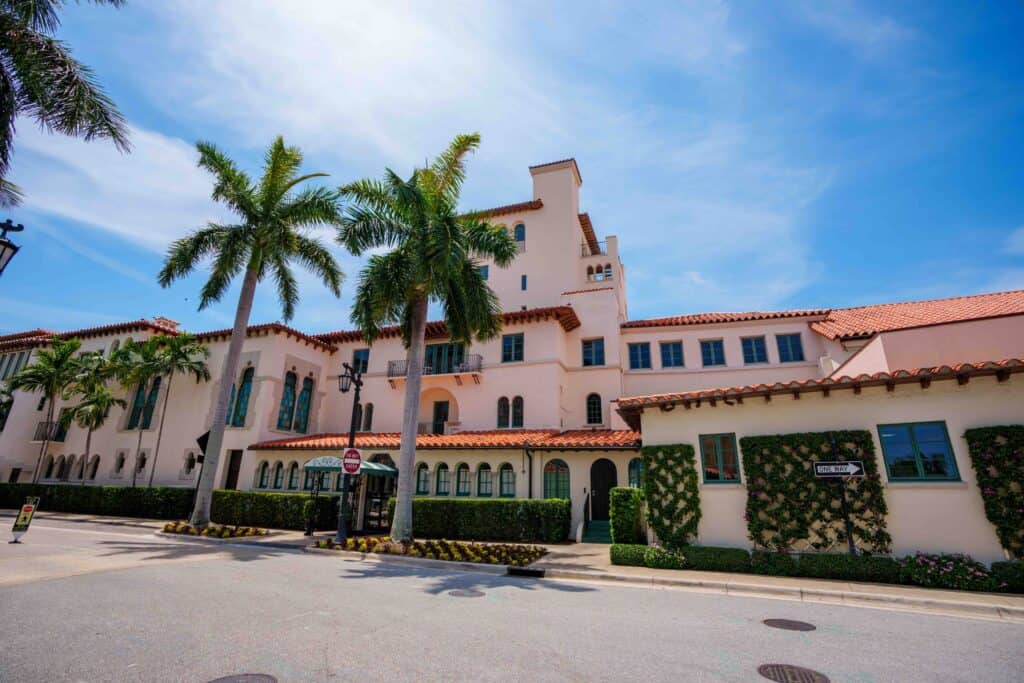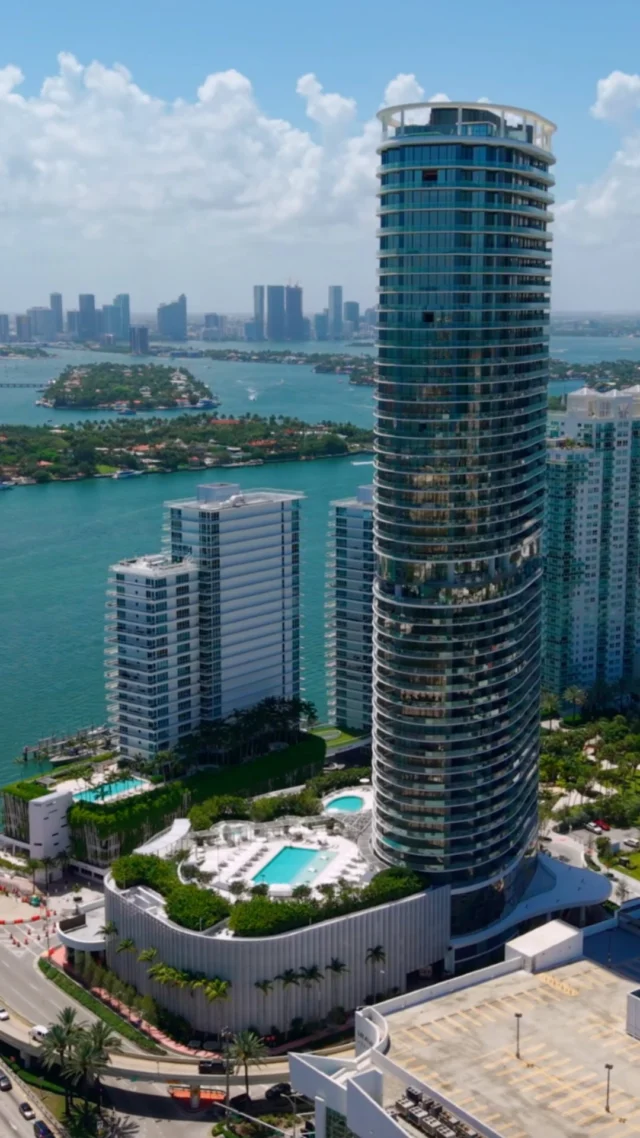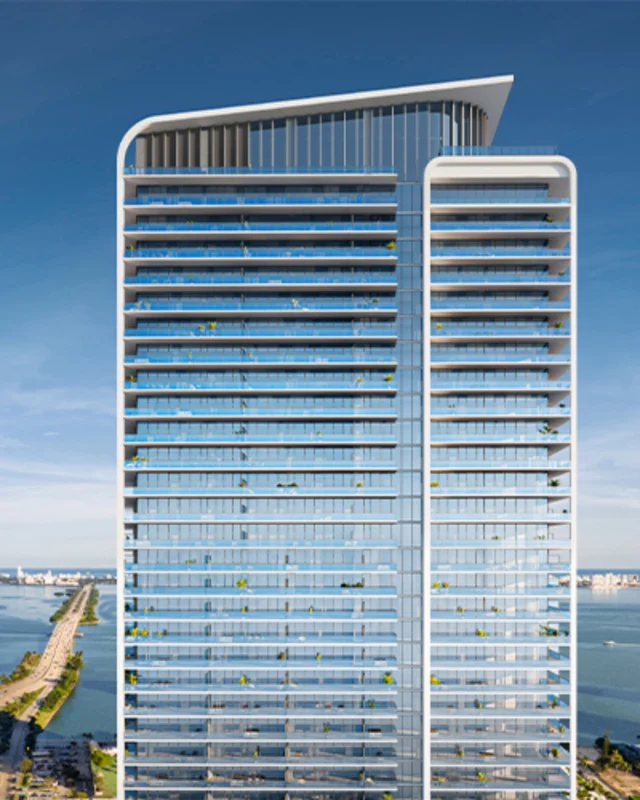The Iconic Architect Transformed South Florida into a Luxurious Playground for the Elite
Addison Mizner, a visionary architect whose name is synonymous with the opulence and charm of South Florida and Palm Beach architecture, left an indelible mark on the region. His influence, spanning the early 20th century, transformed Palm Beach from a sleepy resort town into a playground for the wealthy, marked by its distinctive Mediterranean Revival style that continues to define the area’s aesthetic.

Photo: Don Ramey Logan
Mizner was born in 1872 in California and spent much of his early life traveling with his diplomat father, which exposed him to various architectural styles. His career as an architect, however, didn’t begin until he was in his 40s, when he moved to Palm Beach in 1918. His arrival coincided with a burgeoning real estate boom fueled by the region’s appeal as a winter retreat for affluent Northerners. This timing proved fortuitous for Mizner, whose design philosophy resonated perfectly with the desires of his wealthy clientele.
His first major project in Palm Beach was the Everglades Club, covering 90 acres, which was commissioned by Paris Singer, an heir to the Singer Sewing Machine fortune. Originally intended as a hospital for World War I veterans, it ultimately became an exclusive social club. The Everglades Club showcased Mizner’s infamous “Palm Beach look,” a blend of Mediterranean and Spanish influences characterized by stucco walls, red tile roofs, wrought iron details, and lush, tropical landscaping. This project cemented his reputation and set the tone for his future works.
Mizner’s architecture was more than just aesthetically pleasing; it embodied a lifestyle. He designed homes, public buildings, and entire communities with a keen eye for how his clients would live, entertain, and relax. His homes featured spacious courtyards, arcades, and loggias that blurred the line between indoor and outdoor living, capitalizing on South Florida’s warm climate. Interiors were richly appointed with antique furniture, intricate tile work, and ornate ceilings, creating an ambiance of Old World luxury.
One of Mizner’s most ambitious projects was the development of Boca Raton. In the 1920s, Mizner envisioned transforming this small coastal town into a world-class resort destination. He established the Mizner Development Corporation and embarked on creating the Cloister Inn, now known as the Boca Raton Resort & Club. Although financial difficulties and the collapse of the Florida land boom curtailed his grand plans, the resort remains a testament to his vision and continues to be a landmark of luxury and elegance.

Photo: Felix Mizioznikov – Shutterstock
Mizner’s influence extended beyond individual buildings to the overall planning and aesthetic of the communities he helped shape. He believed in creating harmonious environments where architecture, landscaping, and urban planning worked together to create a cohesive and beautiful whole. This holistic approach is evident in Palm Beach’s Worth Avenue, which Mizner transformed into a picturesque shopping district that still exudes charm and sophistication today.
Despite his relatively short career — he passed away in 1933 — Addison Mizner’s legacy lives on in South Florida. His distinctive Mediterranean Revival style became synonymous with the region’s architectural identity and inspired countless architects who followed. The luxurious homes, resorts, and public buildings he designed continue to be celebrated for their beauty, craftsmanship, and timeless appeal.
Mizner’s work not only defined an era but also set a standard for elegance and sophistication in South Florida. His vision turned Palm Beach into a symbol of American wealth and leisure, a legacy that remains vibrant nearly a century later. Addison Mizner’s influence on South Florida architecture is a testament to his unique talent and enduring vision, shaping the region into the glamorous enclave it is today.













![Local landscapes, reimagined in oil 🎨 @patgarrityhamptons brings the beauty of the East End to canvas, capturing the emotion, atmosphere, and seasonal shifts that make the Hamptons so unique. Her creative eye doesn’t just inform her art, it enhances her real estate work too, helping clients see what’s possible and appreciate what’s already there. [link in bio]](https://hamptonsrealestateshowcase.com/wp-content/uploads/sb-instagram-feed-images/521901258_18522831946030135_2198226394962818798_nfull.webp)







